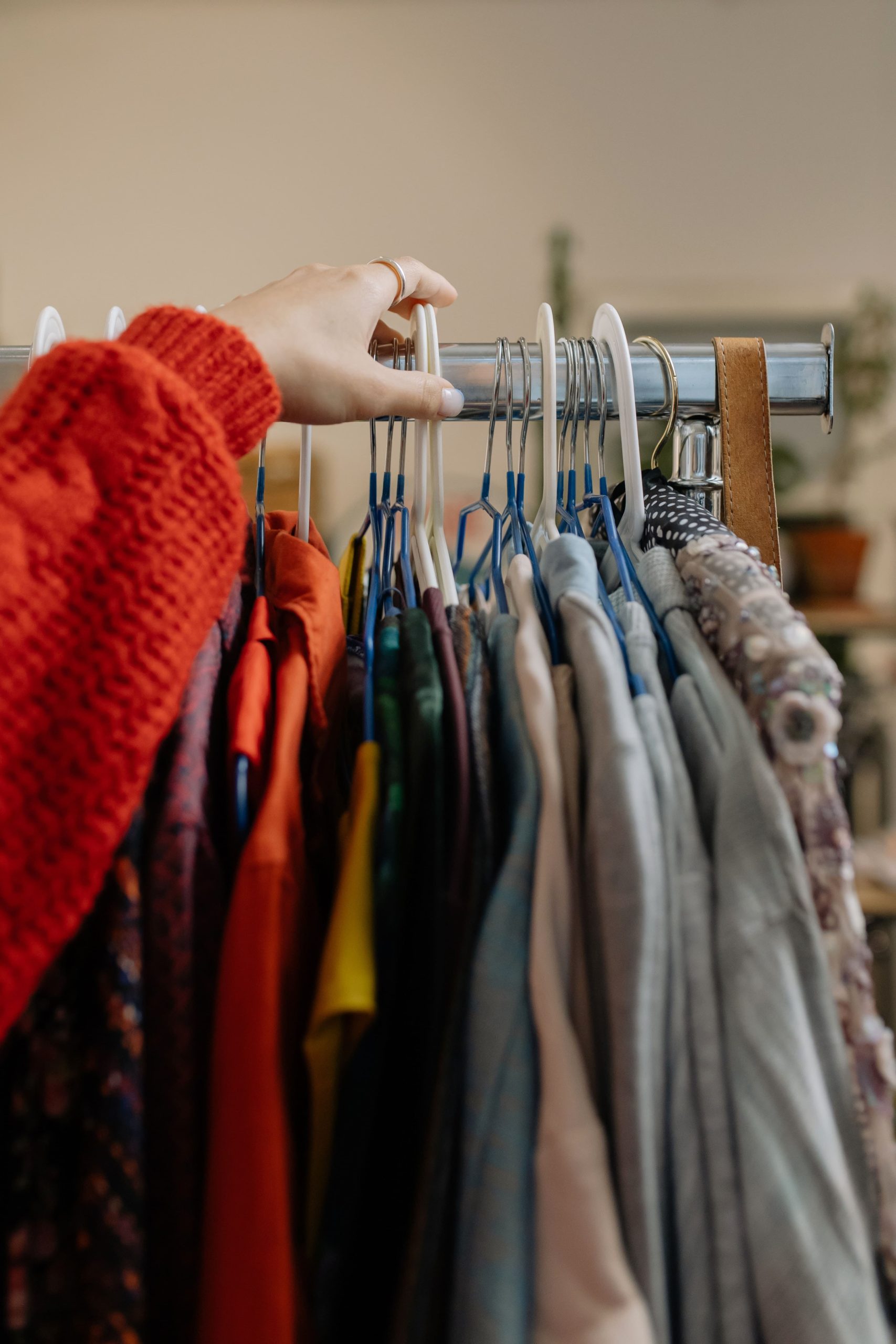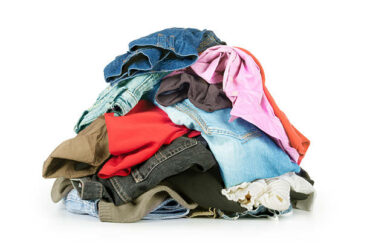Can selling secondhand clothes be profitable? Before selling secondhand clothes, let’s learn about the secondhand clothing industry.
Contents
What is the secondhand clothing industry?
The secondhand clothing industry buys and sells previously worn clothing items. This industry includes a wide range of clothing, including vintage and designer pieces and everyday casual wear. Secondhand clothing can be sold through various platforms, including thrift stores, consignment shops, online marketplaces, and bug markets.
This industry has gained popularity in recent years due to a growing sustainability and environmental awareness trend. Additionally, buying and selling secondhand clothing can be a cost-effective way for individuals to access a wider variety of clothing items and for sellers to make extra money from items they no longer wear.
Importance of the secondhand clothing industry
The secondhand clothing industry is essential for several reasons, including:
- Sustainability: By buying and selling used clothes, we can lessen the amount of clothing in landfills. The fashion industry, known to be among the most polluting in the world, benefits from reducing its adverse environmental effects.
- The cost of used clothing is frequently much lower than that of new clothing. As a result, it’s an excellent choice for those on a limited budget or looking to save money.
- Variety: The used clothing market provides a vast selection of items that might not be found in stores. This includes out-of-production vintage and one-of-a-kind items.
- Creating a circular economy, where used clothing is reused and recycled rather than thrown away, can be done by buying and selling used clothing. This lessens the demand for new clothing production and can support a more environmentally friendly and sustainable fashion industry.
The secondhand clothing market significantly advances the fashion industry’s commitment to sustainability, accessibility, variety, and a circular economy.
Environmental Benefits of Selling Secondhand Clothes
Selling used clothing has several advantages for the environment, such as:
- Cutting down on waste: By selling used clothing, we keep it out of the trash. By doing so, resource conservation and textile waste are decreased.
- Resources must be conserved because new clothing production uses many resources, such as energy, water, and raw materials. By selling used clothing, we are lowering the demand for the manufacture of new clothing and preserving these resources.
- Reducing carbon footprint: The manufacture of new clothing produces emissions of greenhouse gases that fuel climate change. We lessen the need for new clothing production and the corresponding emissions by selling used clothing.
- Conserving water: Making new clothing uses a lot of water, especially during the dyeing and finishing. We conserve water resources by selling used clothing.
Selling used clothing can help reduce waste, preserve resources, lessen the fashion industry’s carbon footprint, and protect water resources.
Can selling secondhand clothes be profitable financially?
Selling used clothing can bring in money in several ways, including:
- Extra money: Selling used clothing can be a great way to supplement your income. This is especially true if you have high-quality, good-condition items.
- On the other hand, purchasing used clothing can also be a great way to save money. You can stretch your clothing budget further by buying used clothing, frequently cheaper than new clothing.
- Possibility of investment: Some used clothing, especially if it is vintage or rare, can be very expensive. Selling used clothing can be a great way to make money if you have a sense of style and the ability to recognize valuable items.
- Selling used clothing can be a sustainable and environmentally friendly business model if you want to launch a small enterprise. You can support a circular economy and reduce waste by buying and selling used clothing.

Selling used clothing can significantly supplement your income, save money, and even create a long-lasting business.
Selling used clothing has several positive social effects, including:
- Access to reasonably priced clothing: For those on a limited budget or unable to purchase new clothing, used clothing can be a great alternative. By selling used clothing, you give a more comprehensive range of people access to affordable clothing.
- Encourages reuse and recycling: Selling used clothing encourages the reuse and recycling of clothing. This contributes to resource conservation and waste reduction, benefiting society and the environment.
- Small businesses or nonprofit organizations run many secondhand clothing shops and markets, which helps local communities. By purchasing and selling used clothing, you are promoting these regional communities and fostering their economic growth.
- Promoting creativity: Customized fashion items can be made from secondhand clothing. You are promoting self-expression and creativity in your customers by selling used clothing.
Selling used clothing can benefit society by expanding the range of accessible clothing options, fostering reuse and recycling, assisting local communities, and fostering creativity.
Factors Affecting the Profitability of Selling Secondhand Clothes
The following variables can have an impact on how profitable it is to sell used clothing:
- Product quality significantly impacts both the value and price you can charge for the goods you are selling. Good-quality items will typically sell for more money than worn-out or damaged items.
- Brand and fashion: Some brands and fashions are more in demand than others, impacting the price you can charge. Famous brands and current fashions will command a higher price than obscure names and outmoded trends.
- Items’ conditions: The state of the things you’re selling will impact their market value. A good-condition item will typically sell for more money than one that is stained, torn, or otherwise damaged.
- Market demand: Location, season, and other factors can all affect the demand for used clothing. When determining prices and what products to stock, you must consider the market demand for the goods you sell.
The platform you use to sell your goods and any fees involved may impact your profitability. Your profit margin may be impacted by some sales channels that charge listing fees or take a cut of your sales.
Several variables, including the quality, brand, and condition of the items, market demand, sales channels, and commissions, will affect how profitable it is to sell used clothing. These factors must be considered to maximize profitability when determining prices and what products to sell.
Strategies for Increasing Profit in Secondhand Clothing Sales
Selling used clothing can be profitable by implementing several strategies, such as:
- Keep your attention on quality: Selling items of high quality and in good condition will typically result in higher prices and greater profits. Before putting an item up for sale, could you thoroughly inspect it? Only accept items that live up to your standards for quality.
- Offer a range of products: Having a wide range of products available can help to draw in more customers and boost sales. To appeal to a range of customers, consider keeping various items in stock in various sizes, styles, and brands.
- Price items competitively: Do some market research to determine what similar products are selling for, then set your prices accordingly. While it’s crucial to turn a profit, overpricing products can turn away potential customers and slow down sales.
- Consider using a variety of sales channels, such as online marketplaces and physical storefronts, to reach a larger audience and boost sales.
- Promote your company: You can use email marketing, social media, and other channels to build brand recognition and attract more clients. To promote repeat business, think about providing discounts and promotions.
- Partner with other companies: Working with other companies, such as consignment stores or fashion bloggers, can help you gain more visibility and attract new clients.
In general, improving quality, providing a range of goods, pricing competitively, utilizing multiple sales channels, promoting your company, and collaborating with other businesses can all help to increase profit in secondhand clothing sales.
Challenges in Selling Secondhand Clothes
While there are many advantages to selling used clothing, there are also some potential difficulties. These difficulties include, among others:
- As some items might have concealed flaws that only become apparent after they are sold, ensuring that all items are in good condition can be challenging. Negative reviews and returns may result, which can cost the seller money.
- Managing inventory can be difficult, especially if the seller offers a wide range of goods. The inability to track which products are selling and which are not can result in either overstocking or understocking.
- Market competition: There is a lot of seller competition in the secondhand clothing market. It may be challenging to stand out and draw in new clients.
- Pricing: Setting prices can be difficult if the seller is unfamiliar with the market. Pricing products too high or too low can adversely affect sales and profits.
- Marketing: Small sellers may find it challenging to market their products, especially if they need a sizable advertising budget. It can take time to reach potential customers and increase brand recognition.
- Shipping and handling can be expensive, especially for bulkier items or items that need specialized packaging. The seller’s profit margin might be lowered as a result.
So, selling used clothing has difficulties but can be overcome with careful planning and attention to detail. Sellers can overcome these difficulties and develop a prosperous business by strongly emphasizing quality, effectively managing inventory, pricing products competitively, marketing their products, and controlling shipping and handling expenses.
Making a profit from the sale of used clothing is possible with careful planning and careful consideration of the many variables that affect profitability. The secondhand clothing market appeals to business owners with its numerous financial, social, and environmental advantages.
Sellers should concentrate on providing high-quality items in good condition, pricing competitively, providing a diverse selection of items, using multiple sales channels, promoting their business, and collaborating with other businesses to increase profitability in secondhand clothing sales. Quality control, inventory management, and competition are a few of the difficulties of selling used clothing. Still, these difficulties can be overcome with careful planning and attention to the little things.
Finally, the secondhand clothing market presents an original and sustainable business opportunity for businesspeople who want to benefit society and the environment while growing their businesses. In this exciting and expanding industry, sellers can create a successful and profitable company by considering the various aspects that impact profitability and implementing successful strategies.
Read More : Most popular trends right now! Best Fashion late in2022





